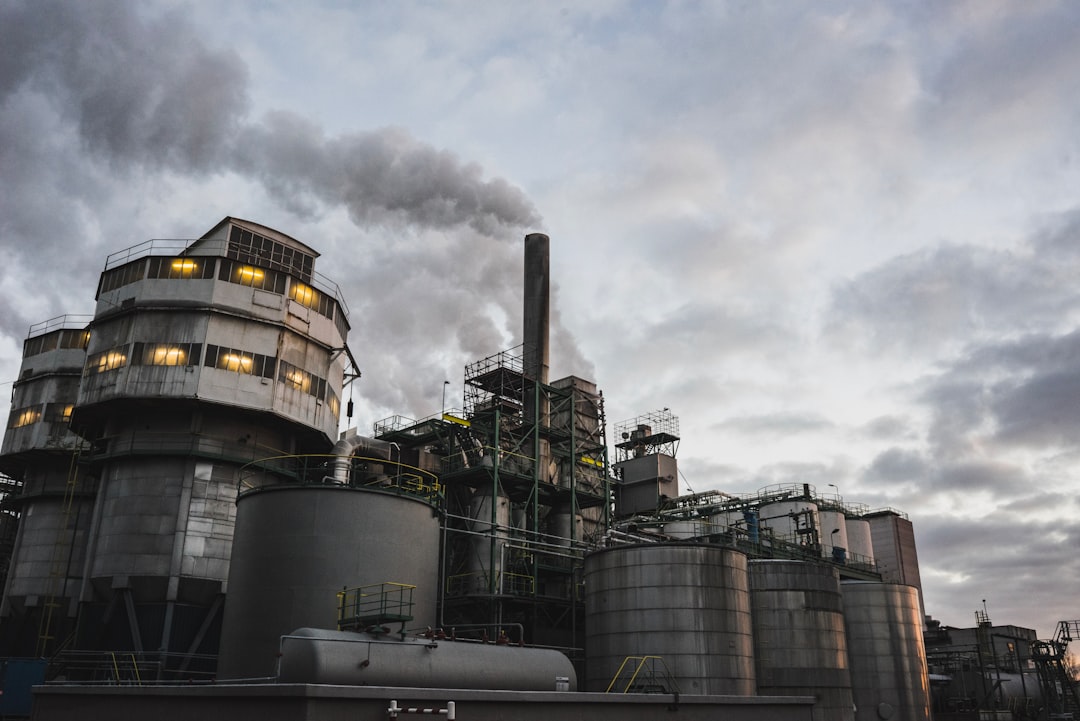The steel industry is a significant contributor to global greenhouse gas (GHG) emissions. As pressure mounts to reduce carbon footprints and meet climate targets, accurate and transparent carbon emission reporting is no longer optional—it’s essential. This comprehensive guide delves into the complexities of reporting carbon emissions within the steel sector, providing clarity on methodologies, challenges, and best practices.
Understanding the Scope of Steel Emissions: Scope 1, 2, and 3
Accurately reporting carbon emissions requires a clear understanding of the different emission scopes defined by the Greenhouse Gas Protocol. This widely accepted standard categorizes emissions into three scopes:
- Scope 1: Direct Emissions: These are emissions directly from owned or controlled sources. In steel production, this includes emissions from coke ovens, blast furnaces, and direct combustion in processes like heating and power generation within the steel plant. Accurate measurement involves meticulous tracking of fuel consumption, process parameters, and emission factors specific to the used fuels and technologies.
- Scope 2: Indirect Emissions from Energy Consumption: These emissions result from the generation of purchased electricity, steam, heating, and cooling consumed by the steel facility. Reporting requires obtaining data on energy consumption from suppliers, often in the form of energy certificates or statements detailing the carbon intensity of their generation process. This often involves using location-specific emission factors.
- Scope 3: Indirect Emissions from the Value Chain: This is the most complex category, encompassing emissions from sources not owned or controlled by the steel producer but occurring in its value chain. This includes emissions from:
- Upstream: Raw material extraction (iron ore mining, coal mining, limestone quarrying), transportation of raw materials, and manufacturing of purchased goods and services.
- Downstream: Transportation of steel products, use of steel products by customers (e.g., embodied carbon in buildings), and end-of-life treatment of steel products.
Accurate Scope 3 reporting requires robust data collection across the entire supply chain, often involving collaboration with suppliers and customers. Life Cycle Assessment (LCA) methodologies are frequently employed for this purpose.
Data Collection and Calculation Methodologies for Steel Emissions
Accurate carbon accounting demands rigorous data collection. This involves:
- Inventory of Emission Sources: Identifying all sources of GHG emissions across all three scopes.
- Measurement and Monitoring: Utilizing direct measurement techniques (e.g., continuous emission monitoring systems) and estimations based on activity data and emission factors for various processes.
- Emission Factors: Applying appropriate emission factors specific to the type of fuel used, technology employed, and geographical location. These factors are regularly updated and refined based on scientific advancements.
- Data Management: Implementing a robust data management system to ensure data accuracy, consistency, and traceability. This often involves using specialized software for carbon accounting.
Calculation methodologies vary depending on the scope and complexity of the emission inventory. Tier 1 methods use readily available default emission factors, while Tier 2 and 3 methods involve more detailed process-specific data and potentially site-specific measurements.
Reporting Standards and Frameworks for Steel Emissions
Several established standards and frameworks guide the reporting of GHG emissions, ensuring consistency and comparability across different organizations. Key frameworks include:
- Greenhouse Gas Protocol: Provides a comprehensive framework for corporate GHG accounting and reporting.
- Carbon Disclosure Project (CDP): A global environmental disclosure platform that encourages companies to disclose their climate-related risks and opportunities.
- Global Reporting Initiative (GRI): A widely used sustainability reporting framework that incorporates GHG emissions reporting.
- Task Force on Climate-related Financial Disclosures (TCFD): Focuses on climate-related financial risks and opportunities, influencing how companies report climate-related data to investors.
Adherence to these standards enhances transparency and credibility, allowing stakeholders to effectively assess the steel producer’s climate performance.
Challenges and Opportunities in Steel Emission Reporting
Reporting carbon emissions in the steel industry presents several challenges:
- Data Availability and Quality: Access to comprehensive and reliable data across the entire value chain can be difficult.
- Complexity of Scope 3 Emissions: Accurately quantifying Scope 3 emissions, particularly those related to the supply chain, requires significant effort and collaboration.
- Data Consistency and Comparability: Variations in data collection methods and emission factors can hinder comparability across different steel producers.
- Technological Limitations: Accurate measurement of emissions from some processes may require advanced monitoring technologies.
However, these challenges also present significant opportunities. Improved data collection and reporting can drive innovation in decarbonization technologies and supply chain optimization, leading to a more sustainable steel industry.
The Future of Carbon Emission Reporting in Steel: Towards Net-Zero
The future of carbon emission reporting in the steel industry is inextricably linked to the pursuit of net-zero emissions. This requires not only accurate reporting but also ambitious decarbonization strategies. This includes:
- Investing in low-carbon technologies: This includes exploring and implementing technologies like hydrogen-based steelmaking, carbon capture, utilization, and storage (CCUS), and electric arc furnaces.
- Improving energy efficiency: Optimizing production processes to reduce energy consumption and associated emissions.
- Sustainable sourcing of raw materials: Partnering with suppliers who prioritize environmentally responsible practices.
- Circular economy approaches: Promoting steel recycling and reuse to reduce the need for virgin materials.
- Enhanced transparency and collaboration: Working collaboratively across the value chain to improve data sharing and transparency.
By embracing these strategies and continuing to refine carbon emission reporting methodologies, the steel industry can pave the way for a more sustainable and climate-resilient future.
Tags: carbon emissions, steel industry, carbon footprint, GHG emissions, steel production




